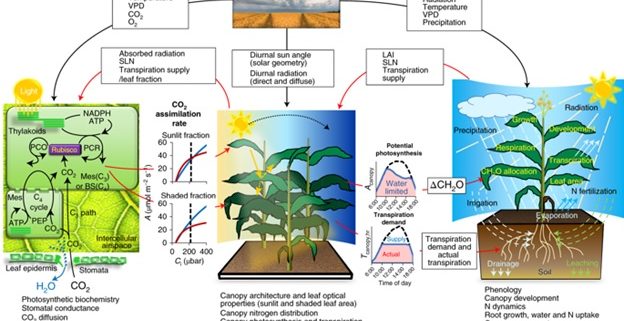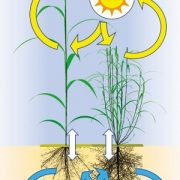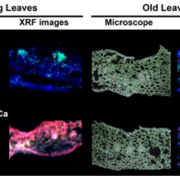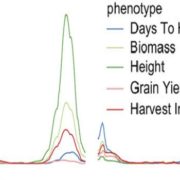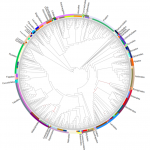Modeling crop yield changes due to increased photosynthetic capabilities ($) (Nature Plants)
With the need to feed the growing population and the threat of global climate change, there is an imminent need to increase crop yields. One commonly accepted method of accomplishing this is by enhancing the photosynthetic capability of major crop plants, which may result in an increased yield. A recent study from Wu et al. attempted to quantify the impact that modifying photosynthetic capabilities would have in major crop plants. They accomplished this by developing a cross-scale model to connect a variety of disparate factors including interactions with crop growth, the dynamics of plant development, and environmental conditions. The authors found high variance in their models, particularly caused by the stomatal conductance of the crop and availability of water. They noted that choosing which photosynthetic components should be modified will depend greatly on the type of crop, rather than taking an all-or-nothing approach. Taken together with climate change models, this model could allow for an effective evaluation of how engineering photosynthesis will affect major food producing crops in an ever-changing climate. (Summary by Nick Segerson) Nature Plants 10.1038/s41477-019-0398-8


